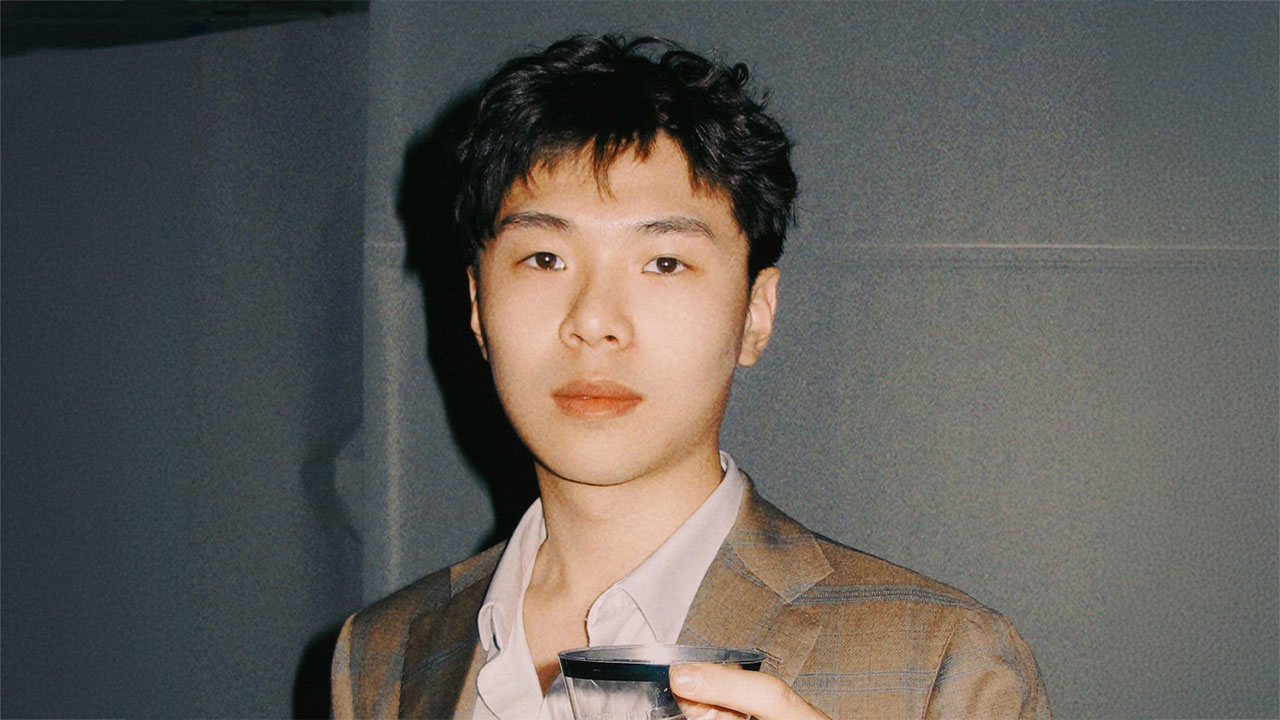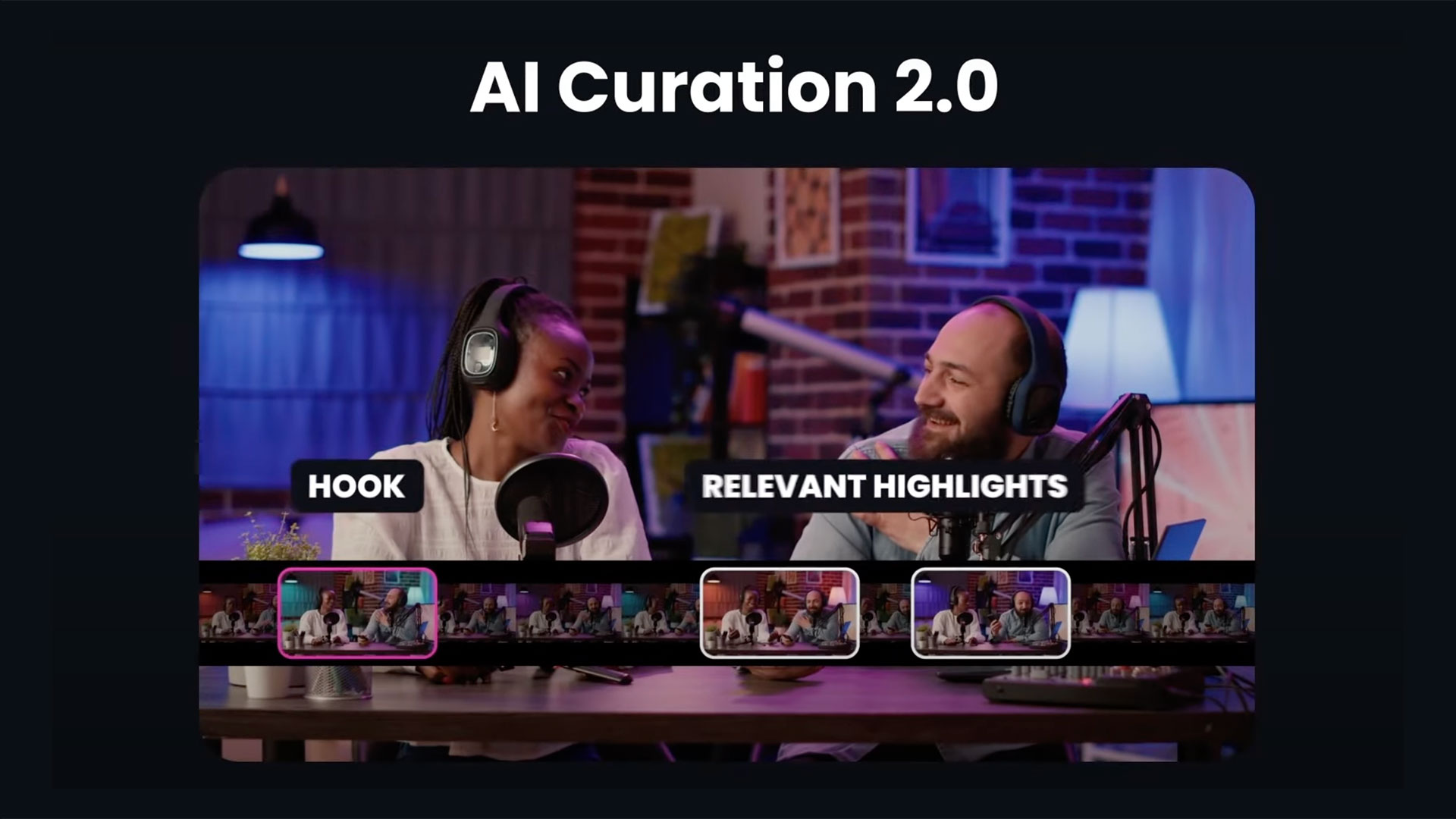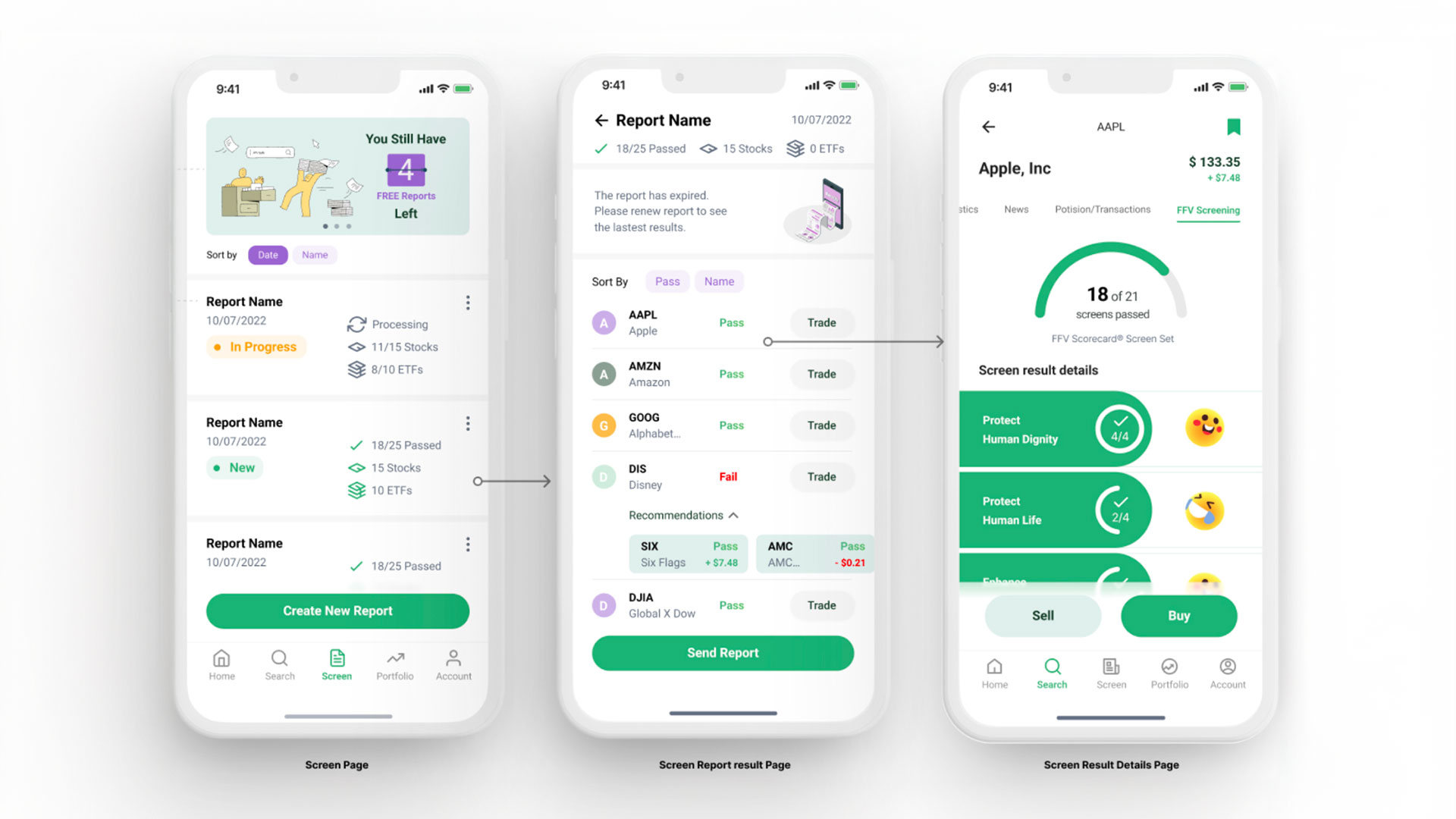Interview with Weilong Gao from the United States

Interview with Junying Chang from the United States
July 3, 2024
Interview with Mahzad Yousefi from the United States
July 3, 2024Weilong Gao
Weilong Gao is a designer and developer studying at UC Berkeley. As a developer and product designer, he has contributed to product design at SONY, ByteDance, Tsinghua University Future Lab, Opus Clip, and Roku. He has also won prestigious international awards for his work.
Hi, I'm Weilong Gao, a designer and developer studying at UC Berkeley. I am a developer and product designer. I have been involved in product design at SONY, ByteDance, Tsinghua University Future Lab, Opus Clip, and Roku, and have won in prestigious international awards.
I am very pleased that the design I worked on at Opus Clip has won in the MUSE Design Awards, proving its influence and practicality. I believe that with the help of AI, the future of video editing and creation will take a completely different form, which can help billions of users to create and express more freely.
I am committed to bringing the right technology to the people who need it and solving the last mile between people and technology. I firmly believe that design is the bridge connecting users with technology, and my designs are addressing these issues.
I am adamant in changing people's video creation experiences in innovative ways using AI. This commitment extends to every solution I develop, aimed at making products more efficient and user-friendly.
I used to study computer science, and after one year of learning, I gradually realized that whether a product can serve users often depends not only on technology. More often, it depends on whether developers can stand from the users' perspective to unearth their needs and connect these needs with the right technology.
Therefore, I hope to stand from the user's perspective to understand users' potential problems from their needs, behaviors, and frustrations. As a product designer, what I need to do is to translate these insights into intuitive and aesthetically pleasing solutions that improve their lives. I believe that product design is the bridge connecting users with technology.
Design, to me, is the "last mile" in addressing user needs. Often, technology cannot directly transform into products that meet user needs. Design innovatively converts technology into meaningful products and presents them in a user-friendly manner.
Design is about bridging the gap between utility and innovation, solving systemic problems in products, and allowing more people to enjoy the benefits of technology. Design is a way to build products, with rapid iteration and gathering user feedback, helping us find the right user needs and the right product.
I like designs that are truly implemented, using technology to solve user needs. I believe that design should be more practical and human-centered, considering what users need and integrating technology, psychology, and other aspects to create an innovative solution.
A good design can enhance the user's experience, making interactions more intuitive, enjoyable, and accessible. Design should take the product to another stage of being human-centered, not only practical but also user-friendly.
A design should focus on the user's needs and experiences. Only true needs can make a great design and product. Designers should stand from the users' perspective to research and design solutions that address their specific problems and enhance their daily lives.
Furthermore, I believe that "good" design should integrate considerations from multiple perspectives, such as business, technology, and user psychology. It should be able to create useful products that allow users to interact more intuitively.
My design style is characterized by a functionality-first approach, focusing on how the interface aligns with the functionality from a user-centered perspective. Under the premise of meeting functionality, my designs strive to remain simple and consistent.
I prioritize user interaction efficiency over visual style. I believe that visual style should also serve the product, meeting the needs and functional design aligned with the product's positioning. Additionally, I pay attention to the "intuitive" nature of the product. I believe that good design should not require users to undergo additional learning.
In China, it is currently an era where the short video market is booming. Industries ranging from e-commerce to advertising require a large number of short videos for dissemination. Therefore, I started to consider how to use AI to better help people create short videos. This market context is the premise for my creation.
Furthermore, in China, users prefer tools with lower barriers to creation. Therefore, there is a large untapped market beneath professional creation tools. This greatly influenced my design of an AI video creation tool. This focus in the design process on efficiency and intuitive interaction logic allows the product to be used by many users.
This award has had a significant impact on both myself and the entire team:
Increased Visibility: The award greatly enhanced the visibility of my work and my company, Opus Clip. This further solidified Opus Clip's market position as the leading AI Video Clipping tool. The award has made more customers aware of and understand the AI Video Clipping tool and its market value, thereby generating potential collaborations and partnerships.
Personal Growth: From a professional standpoint, the award has deepened my understanding of the design and development of AI tools. This will make me more competitive in the future AI era and more keen to seize potential opportunities. It has opened pathways for personal and career development, allowing me to explore new challenges and expand my expertise in AI Tool design.
Enhanced Credibility: The award has affirmed my professional capability in designing AI tools, making more potential customers trust that I am a top-tier AI product designer.
The field of AI is one I am extremely optimistic about and interested in. My top three (3) favorite things are:
Tremendous Potential: The emergence of AI is an exciting development for all fields, as AI can increase the efficiency of various industries by hundreds or even thousands of times. This means we have a very broad imagination space, and almost every industry can be redesigned with AI. For product designers, this is both a challenge and an opportunity.
Rapid Innovation: In the AI industry, almost every day hundreds of new software and businesses are born. Various new and innovative AI-related ideas emerge daily, and the constant new challenges and opportunities for innovation keep pushing the entire industry forward, integrating the latest technologies to design entirely new products is thrilling.
Collaborative Spirit: We need to integrate AI into various industries, so we need to collaborate with seasoned companies or professionals in the industry, which allows me to understand an industry more deeply. A common goal creates a strong sense of community and drives collective efforts to solve complex problems.
Master the Fundamentals: We need to integrate AI into various industries, so we need to collaborate with seasoned companies or professionals in the industry, which allows me to understand an industry more deeply. A common goal creates a strong sense of community and drives collective efforts to solve complex problems.
Stay Curious and Keep Learning: The design field is constantly evolving with new tools, technologies, and methodologies. Stay updated by reading industry blogs, attending workshops, and participating in webinars. Learning from other fields such as psychology, business, and technology can also provide valuable insights.
Network: Building relationships within the design community can open up opportunities and provide crucial support and feedback. Attend industry meetups, conferences, and seminars. Engage with other designers on social media and platforms like Behance or Dribbble.
Embrace Feedback: Feedback is a vital part of improving as a designer. Seek it out regularly, listen carefully, and use it constructively. Be open to criticism and willing to revise your work in the light of new information.
Every successful entrepreneur and product builder inspires me; they show me how much value a great product can bring to society and how many users can benefit from it.
Therefore, I have always been committed to using design to solve people's problems and to drive society to become better.
Weilong Gao
Weilong Gao is a designer and developer studying at UC Berkeley. As a developer and product designer, he has contributed to product design at SONY, ByteDance, Tsinghua University Future Lab, Opus Clip, and Roku. He has also won prestigious international awards for his work.
Read more about this interview with Junying Chang from the United States, the Platinum Winner of the 2024 MUSE Design Awards.



